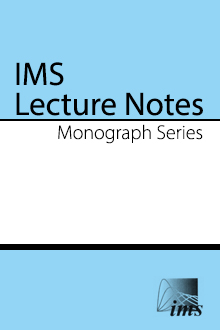Abstract
In this paper, we determine which non-random sampling of fixed size gives the best linear predictor of the sum of a finite spatial population. We employ different multiscale superpopulation models and use the minimum mean-squared error as our optimality criterion. In multiscale superpopulation tree models, the leaves represent the units of the population, interior nodes represent partial sums of the population, and the root node represents the total sum of the population.We prove that the optimal sampling pattern varies dramatically with the correlation structure of the tree nodes. While uniform sampling is optimal for trees with “positive correlation progression”, it provides the worst possible sampling with “negative correlation progression.” As an analysis tool, we introduce and study a class of independent innovations trees that are of interest in their own right. We derive a fast water-filling algorithm to determine the optimal sampling of the leaves to estimate the root of an independent innovations tree.
Information
Digital Object Identifier: 10.1214/074921706000000509


